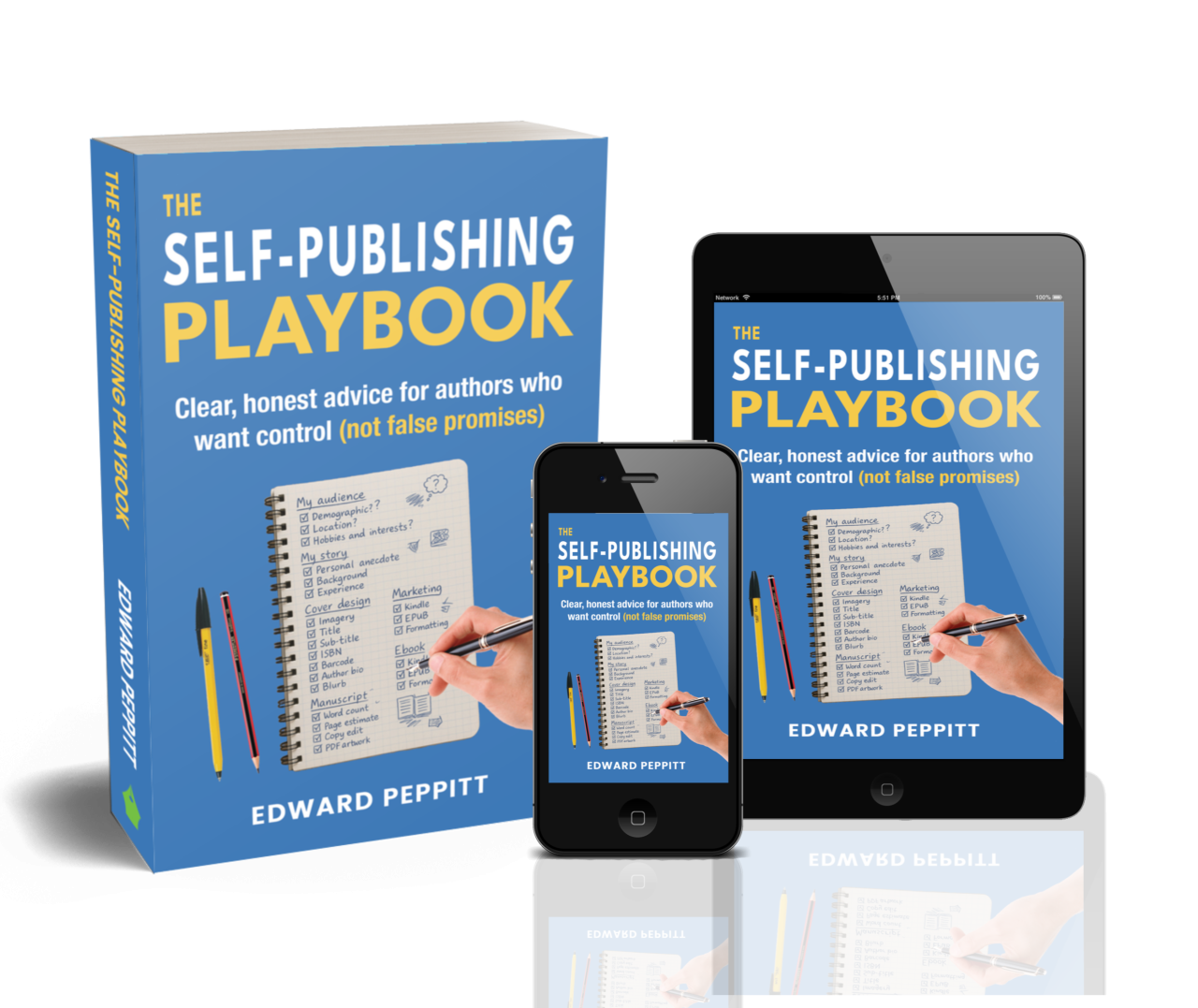Self-Publishing Costs: Spend Wisely, Avoid Waste

Concerned about self-publishing costs? Get honest advice on budgets, pricing traps and what to spend where.
Let’s be honest: money is one of the biggest worries for writers thinking about self-publishing.
With a traditional publisher, the costs sit on their side of the table. But when you go it alone, the bills land with you. Editing, cover design, formatting, marketing—it all adds up.
And then the doubts start:
How much should I spend? Where do I save? What if I put in hundreds—or thousands—and the book doesn’t sell at all?
Why money feels like such a risk
- Mixed messages. Some experts say you need to spend £5,000+ to do it “properly.” Others claim you can publish for next to nothing. No wonder writers feel confused.
- Limited funds. Many authors don’t have deep pockets. Even £500 feels like a lot if you’re not sure there’ll be a return.
- Fear of waste. Nobody wants to pour money into a project only to watch it sink without trace.
It’s a practical fear—and a valid one. Publishing does cost something. The key is knowing where to invest, and where to keep it lean.
What helps
1. Think of it as investment, not spend
Editing and design aren’t luxuries—they’re what make your book readable and presentable. Skimping there is like opening a shop without cleaning the windows.
2. Start with a budget you can live with
Work out what you can genuinely afford, and shape the plan around that. It’s better to publish modestly within your means than to overstretch and resent the process.
3. Prioritise the essentials
If money is tight, put it where it counts most:
- Professional editing (to make sure the book works).
- A decent cover (to make sure it sells).
Other things—like formatting and some marketing—can be done on a smaller budget or even by you with guidance.
4. Separate sales from success
Your first book doesn’t have to pay for itself immediately. Think of it as a long-term asset, a calling card, or a first step. Many writers find their second or third book is where the money starts to balance out.
Moving forward
Yes, there’s a financial risk in self-publishing. But the same is true of almost any creative project. The trick is to decide what you’re comfortable investing, spend it in the right places, and remember that the true value of your book isn’t only measured in sales figures.
Your Next Steps
If this fear resonates with you, here are three ways I can help:
- Request a free paperback copy of my book – packed with practical advice on self-publishing.
- Register for my free webinar – discover the 5 mistakes most new authors make and how to avoid them.
- Book a place on my self-publishing course – and get step-by-step support to take your book from draft to readers.
Categories: : Self-Publishing Articles

 Edward Peppitt
Edward Peppitt 



